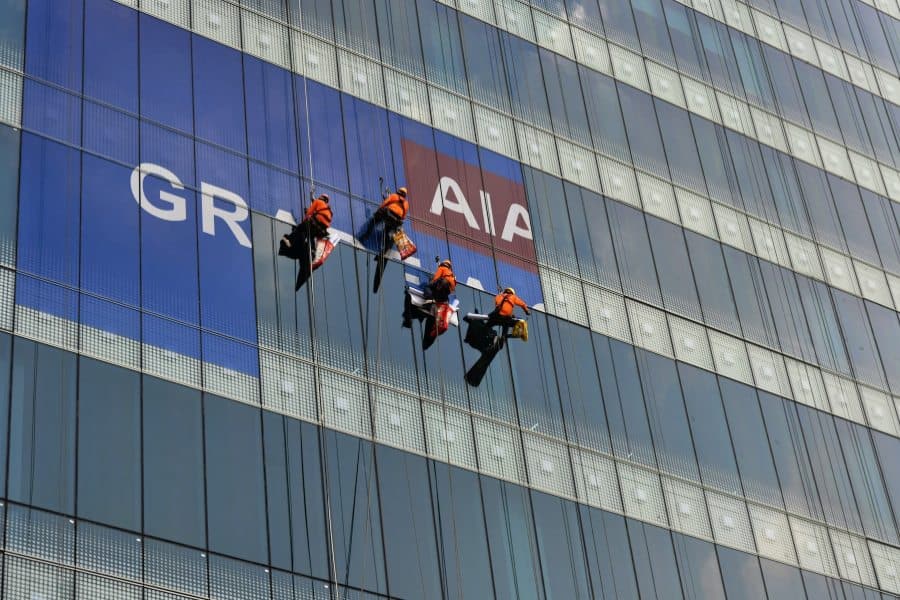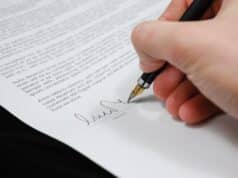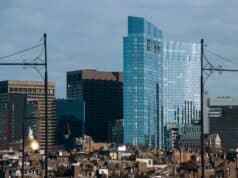
Fall protection–be it in an office setting or at elevated heights–indeed brings in a unique and complex set of issues. Therefore, putting workers’ safety first by introducing efficient plans to lessen risks is absolutely important. Imagine your workplace as a model city. It’s hustling and bustling, filled with high rises of papers, traffic jams at coffee machines, and pedestrians cruising from desk to desk. In this busy metropolis you call your ‘9-to-5’, what could possibly go wrong? Well–let’s burst that bubble–a villain lurks in the shadows, and it’s called ‘Slip and Fall’.
Banishing The ‘slip And Fall’ Phantom
In the urban jungle of the workplace, preventing slip and fall accidents should be as crucial as avoiding puddles after a heavy rain. Why, you ask? It may sunrise you but it’s quite simple–in the year of 2019, the U.S.Bureau of Labor Statistics reported that falls accounted for 5% of job-related fatalities for women and up to a whopping 11% for men.
Playing Sherlock Holmes In The Workplace
Thwarting these hazardous missteps calls for a touch of investigative prowess. It’s time to channel your inner Sherlock Holmes, sporting the metaphorical deerstalker hat and wielding the magnifying glass of vigilant observation. Your mission, if you choose to accept, is to scout out potential hazards.
Be it the deceptively smooth wet floors transforming into impromptu ice rinks, hallways bustling with clutter acting like obstacle courses, or the innocent-looking loose carpets waiting to spring a trap – they’re all ambitious adversaries in disguise, potential precursors to a tumble.
Reconnaissance isn’t about sticking your nose in every nook and cranny or being the proverbial nosy parker. This sleuthing has far loftier goals–to protect your fellow denizens of the corporate jungle–ensuring you all navigate the workday unscathed. It’s about converting your everyday workspace into an oasis of safety amidst the stormy seas of potential hazards.
But why not go a step further?–Foster a culture of vigilance and shared responsibility. Encourage your teammates to report potential hazards. Remember: Rome wasn’t built in a day, and neither is a safety-conscious work environment– it’s built one careful observation, one report, and one corrective measure at a time.
Why Big Corporations Need To Pull Their Socks Up
If you think this ‘slip and fall’ phantom is a small fish in a big pond, then you’re terribly mistaken. Stringent rules and regulations for large corporations aren’t just a bureaucratic hoop-jump; they are the first line of defense against these accidents. These mandates highlight the measures necessary to prevent these sprained ankles and bruised egos from occurring in the first place. It may also pay to consult with a workplace injury lawyer on the matter to help you address the legal side of this realm.
But why should corporations pay heed? Apart from the evident human factor of wanting to halt their employees from a rendezvous with disaster–these accidents hit where it hurts–the wallet. The National Floor Safety Institute reported that slips and falls cost approximately $70 billion annually in workers’ compensation and medical costs!
Preventing slip and fall accidents at work isn’t just about sticking to guidelines or hunting hazards. It’s about promoting a culture that values life and well-being over deadlines and dollar signs. Let’s aim for a hazard-free utopia in the workplace–where employees can work without fear of accidents.








